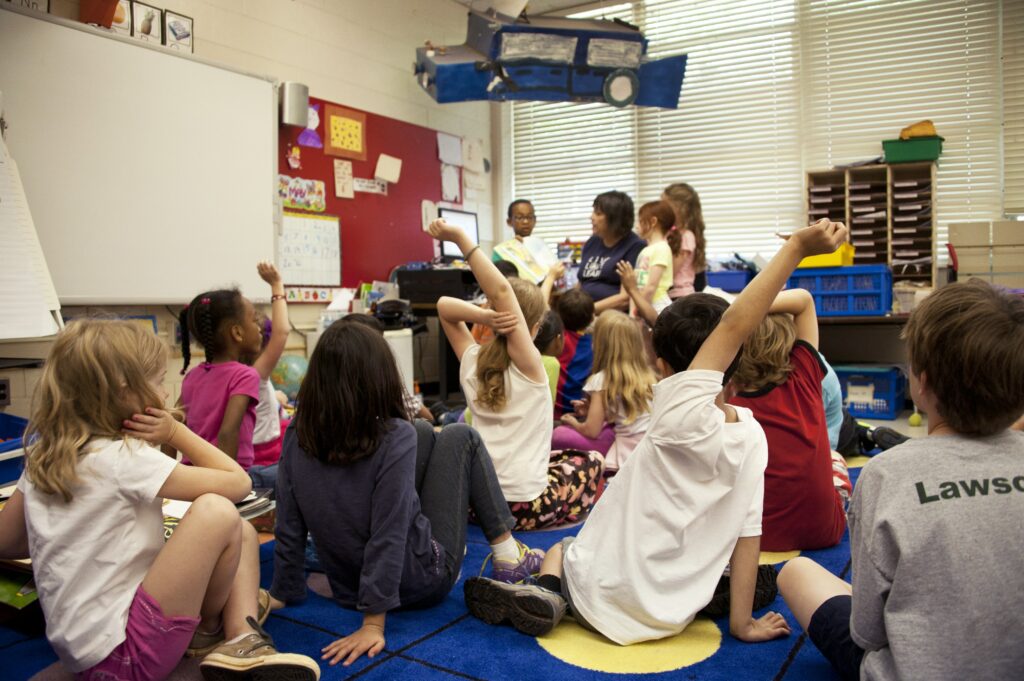
Connection and community building in the classroom is something that I think everyone in this cohort wants to be able to do well in our upcoming practicums and in our careers. It is something that we have thought a lot about and that instructors have emphasized with us, but at this stage in our careers, I don’t think it is something that can be talked about too much. It is so difficult for any sort of learning to take place if students don’t have that sense of connection, and it feels foundational to everything else we want to accomplish as teachers.
Most of how I have thought of building community previously has just been through intentional interactions in the classroom, and I haven’t really considered how technology could be used for this purpose. I really appreciated some of Joanna’s insight in the talk today about how technology could be used for student engagement. Specifically, I got a lot of value from seeing the videos made by the students in her class. While I have heard about the value in offering the option of video assessments, because they never appealed to me personally, I didn’t really realise the type of effect they could have. Seeing Joanna’s examples from reserved or struggling students come to life in the video format shifted my perspective. I realised it’s not only about offering student choice in assessments but also with providing students genuine opportunities to express themselves the most authentically. When students are allowed to express their learning in the way that makes them feel the most confident, they are able to feel more confident in doing so more publicly with the class, which allows student connections and camaraderie to form that otherwise would not have. For example, classmates may not naturally get to know the shy student, but seeing her witty video about younger siblings could make them more likely to connect, or at least feel more as though they are part of the same class community.
Although it wasn’t really discussed in class, I think that the tools in the Arduino Science Journal could also be used to form class community. Rather than using it to provide structured lessons, I could see it being used as a tool to get students to collaboratively create their own experiments. The app allows for so many different types of data collection on the device, from sound levels to light to motion. Personally, I did find it quite fun to just play with and explore what the app could do, and I imagine students would find the same. I wonder how well it would work to get students to play around for a bit, then work in groups based on their interests to design their own experiment around what they think the app could be used for. This seems like a natural way to combine edtech, community, science, and inquiry all at once in the classroom, especially if students are able to use their own devices. I am wondering though if this would be easier to do in theory than in practice – how would this actually be implemented?
Leave a Reply
You must be logged in to post a comment.